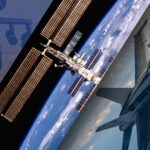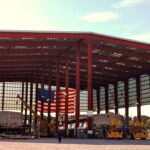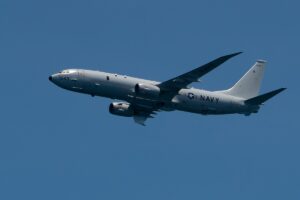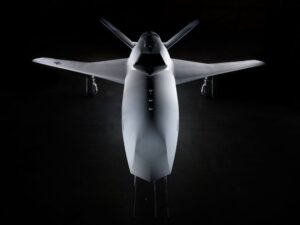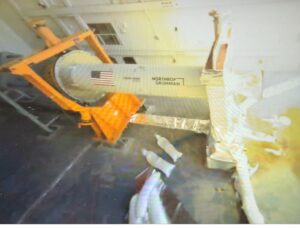
Virgin Orbit is taking a special purpose acquisition company (SPAC) merger to go public in a deal that values the company at $3.2 billion. The launcher announced Monday that parent company Vieco USA, Inc. will combine with SPAC NextGen Acquisition Corp. II. The merger is expected to provide $483 million in proceeds. This includes a $100 million PIPE backed by Boeing [BA] and AE Industrial Partners, in addition to existing Virgin Orbit investors and NextGen. The transaction is expected to close at the end of…

 By
By 